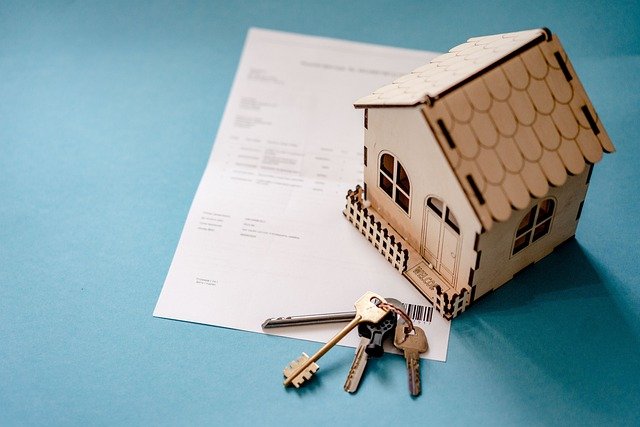The Untold Potential of Micro-Units in the Urban Real Estate Market
The rise of micro-units in the urban real estate market is not just a trend—it's a fascinating shift with far-reaching implications for investors, dwellers, and city landscapes. This article will delve into the nuts and bolts of this development, exploring its historical context, current market trends, and potential future impact.

Micro-units—compact, efficiently designed residential spaces—have found a niche in high-density urban areas where real estate prices are steep, and space is at a premium. Their popularity stems from a combination of demographic shifts, changing lifestyle preferences, and economic factors.
Setting the Stage: The Genesis of Micro-Units
The concept of micro-units is not new. In post-war Japan, for instance, ‘capsule’ apartments came into existence as a response to the space crunch. But the contemporary iteration of micro-units has its roots in the early 2000s, with the economic downturn and the increasing need for affordable housing options in urban centers.
The Contemporary Market: A Closer Look at the Numbers
In the past decade, micro-units have seen a steady rise in popularity, particularly in cities like New York, San Francisco, and Boston. A 2019 study found that the median rent for a micro-unit was less than the citywide median, making them a more affordable option for urban dwellers.
The Investment Perspective: Micro-Units as a Strategic Asset
From an investment standpoint, micro-units offer several advantages. They have a lower cost per unit, higher rent per square foot, and generally lower vacancy rates. However, they also present unique challenges, such as zoning restrictions and potential pushback from local communities.
The Social Impact: How Micro-Units Are Shaping Urban Life
The rise of micro-units is changing the fabric of urban life. They appeal to a diverse demographic, including young professionals, empty nesters, and low-income individuals seeking affordable housing. However, critics argue that they may contribute to gentrification and exacerbate housing inequality.
Looking Ahead: The Future of Micro-Units
All signs point towards continued growth for micro-units, driven by urbanization, population growth, and evolving housing needs. However, their ultimate success will depend on thoughtful design, responsive policies, and sustainable development practices.
In conclusion, micro-units represent a compelling development in the urban real estate market. While they may not be a panacea for all housing woes, they offer a promising solution to some of the challenges posed by urban living. For investors and residents alike, they provide a unique opportunity to leverage the untapped potential of urban spaces.




